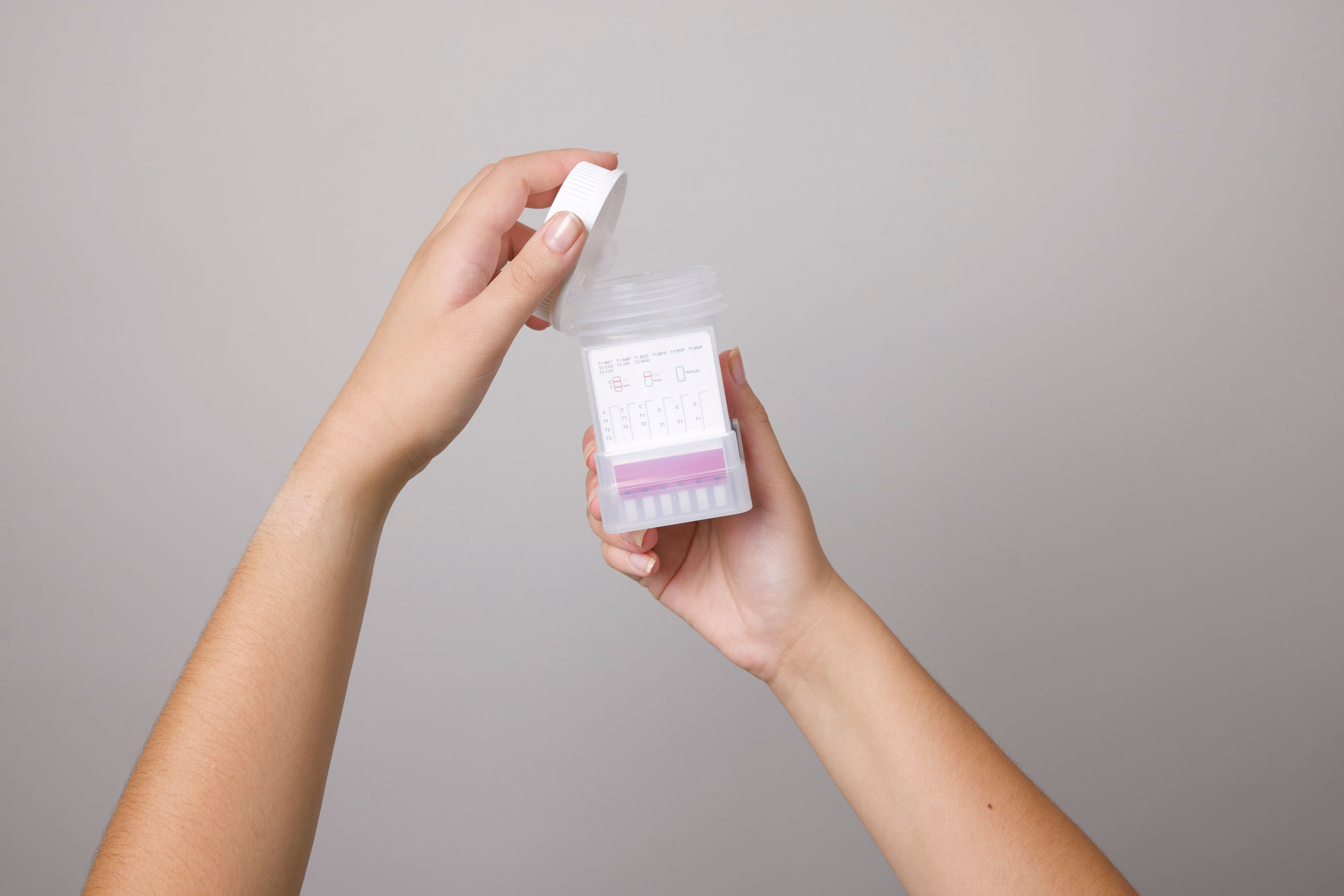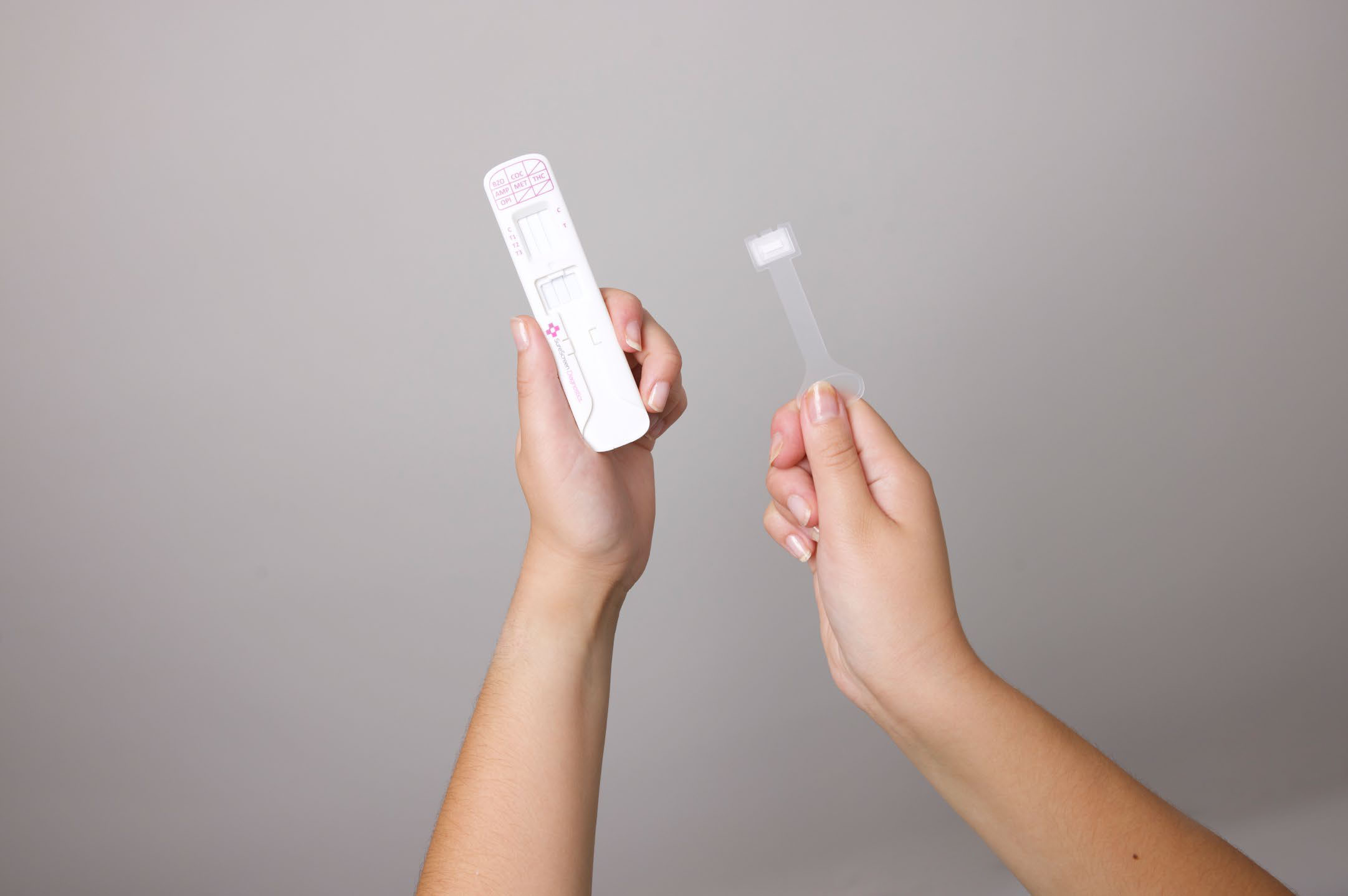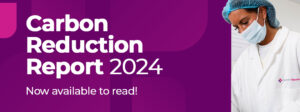Drug testing: Oral fluid or Urine?
Phil Winstone is the SureScreen Academy Training Officer, where he provides educational seminars to companies on many aspects of drugs of abuse and alcohol. As an experienced trainer, he keeps up to date with the latest practices and research on drug and alcohol misuse. Here, he explains the differences and considerations for choosing oral fluid drug testing over urine drug testing.

The choice depends on various factors including the purpose of the test, the substances being tested for, the convenience of sample collection and the detection window required. Firstly, a drug test works by detecting the presence of specific drugs or metabolites in a biological sample, such as urine or oral fluid (saliva). A metabolite is a small chemical structure which is unique to the chemical it is derived from. Metabolites are formed in the body as the parent substance is broken down in a process called metabolism. This process largely takes part in the liver, which houses the enzymes necessary to perform this task. In immunoassay drug testing, the sample is evaluated for the presence of drug metabolites. This means that both oral and urine testing can provide accurate and reliable results. As a drug passes through the body, it can be found in different matrices at different times.
Oral fluid drug testing typically has a shorter detection window compared to urine drug testing. The detection window is the time that a drug can be detected in a biological sample above the cut-off level for the test being performed. Oral fluid can be representative of the presence of a specified metabolite within the blood plasma. Therefore, it may indicate that a substance has recently been active in the body. Oral fluid substances are generally only detectable for a few hours after ingestion, while urine drug testing can detect substances for a longer period, sometimes up to several days or weeks depending on the substance. Urine drug testing may be used to detect recent use, as well as habitual use of drugs.

Understanding the detection window is crucial for determining the type of testing necessary within a business. It’s important to review your policy to grasp the outlined testing procedures. There are various reasons for testing, including:
With-Cause Testing: This type of employment drug screening occurs when an employer suspects an employee is under the influence of substances.
Post-Incident Testing: Conducted after a workplace event to determine if substance use contributed to the incident.
Random Testing: Helpful for gauging levels of drug usage within the workplace and acting as a deterrent to substance abuse.
Pre-Employment Testing: Conducted as part of the recruitment process, signalling the company’s stance on substance misuse from the outset.
The choice between testing for habitual use or recent use of a substance determines the type of biological sample to collect. Oral fluid drug testing, with its quicker detection window, is more adept at detecting recent drug use compared to urine drug testing. If the goal is to detect drug use within the past few hours, oral fluid testing may be more appropriate, such as the SureSwab Rapid.

Oral fluid drug testing is generally considered an easier and less invasive way to collect a sample compared to urine drug testing. Collecting oral fluid samples does not require special facilities, and samples can be collected under direct supervision, reducing the chances of sample adulteration or substitution. While urine sample collection is simple, it is also unobserved, meaning that extra measures need to be put in place to avoid dilution and/or adulteration of samples. Due to the convenient nature of oral fluid sample collection, it is often suitable for on-site testing, allowing for quick, non-invasive screening in various settings such as workplaces, roadside checks or schools.
Finally, make sure you consider any regulatory requirements or guidelines that may dictate the type of drug testing method you should use in your particular context. Different industries or organisations may have specific guidelines regarding drug testing procedures.
In summary, oral fluid drug testing may be preferred over urine drug testing in situations where you need to detect recent drug use, require a convenient and non-invasive sample collection method, or need on-site testing capabilities. However, the choice ultimately depends on your specific requirements and the factors mentioned above.



